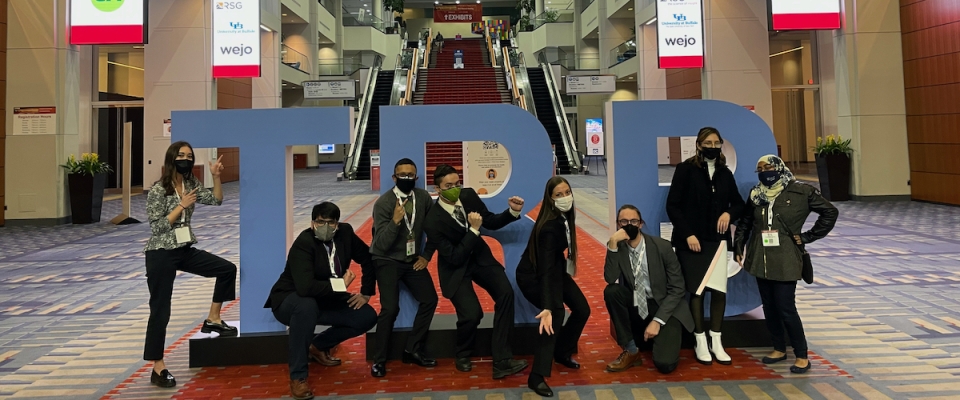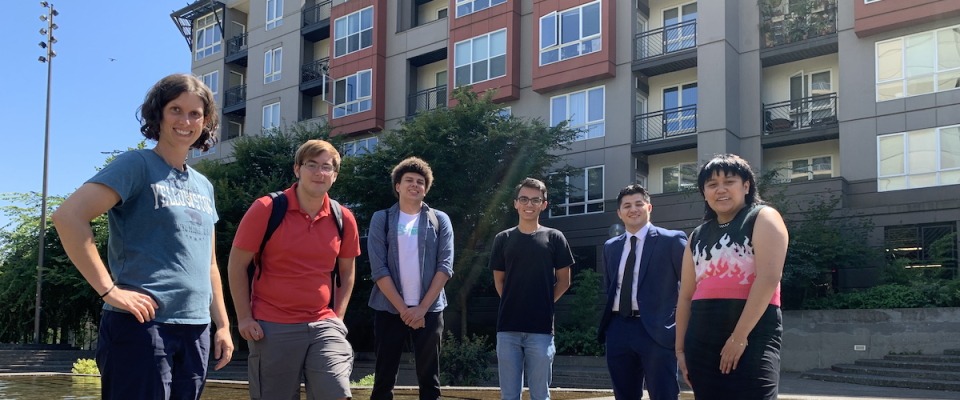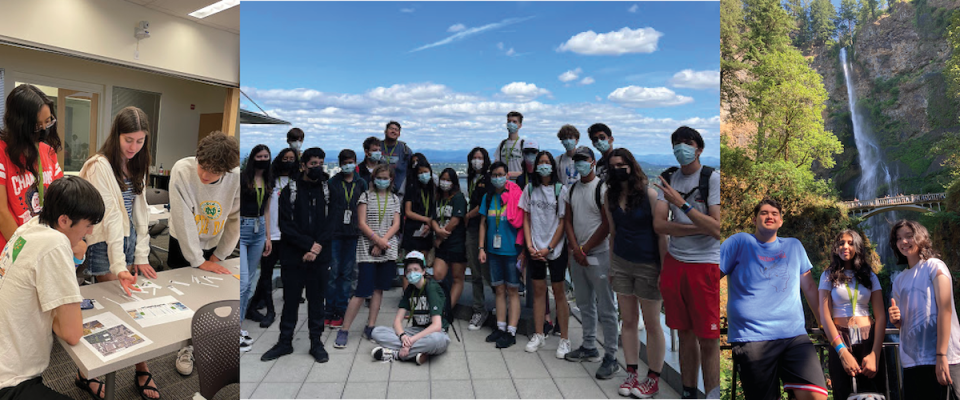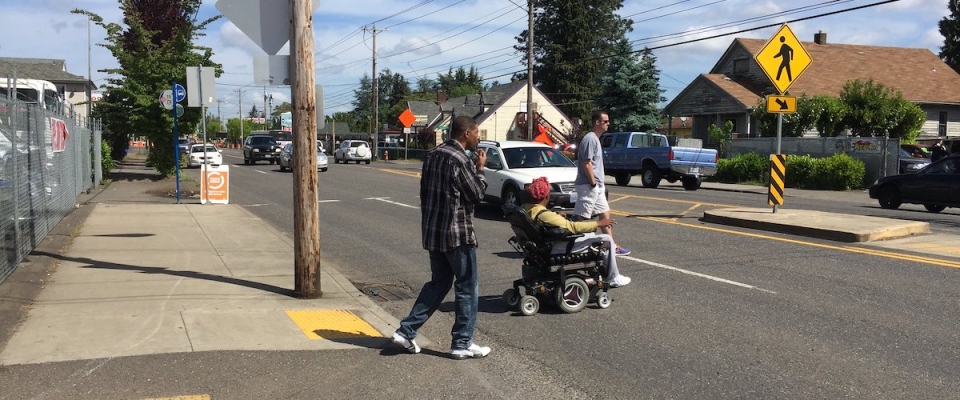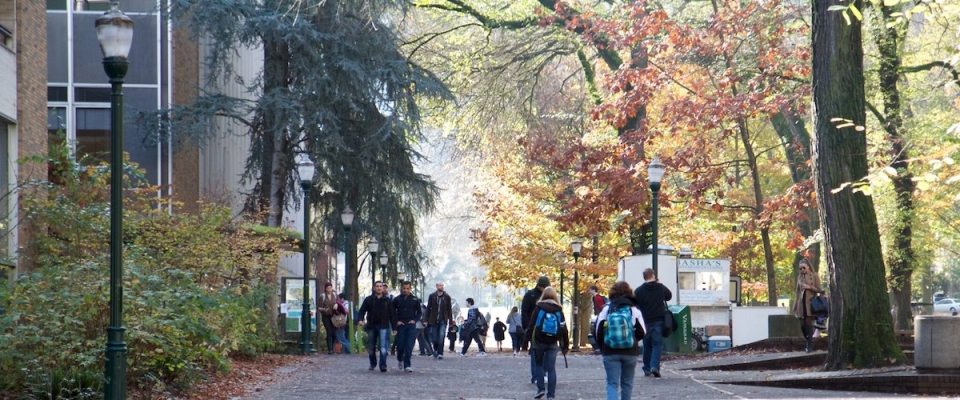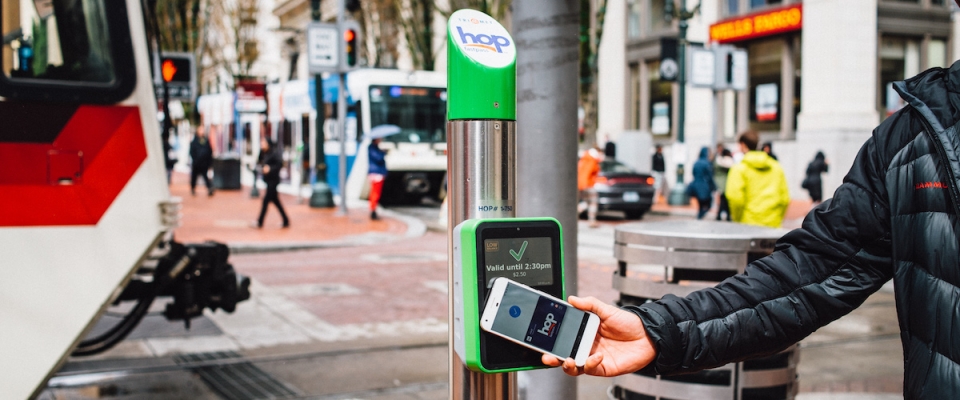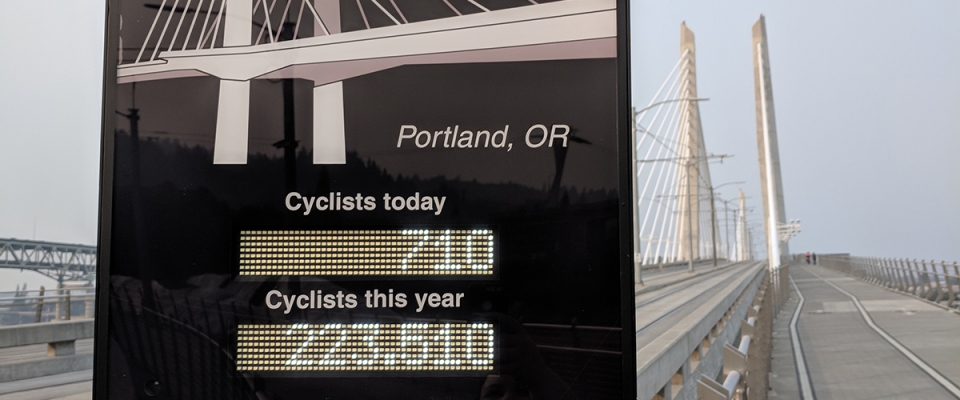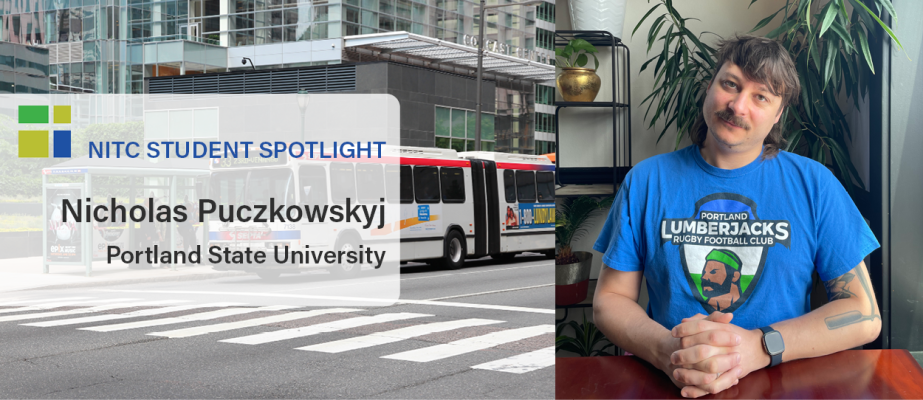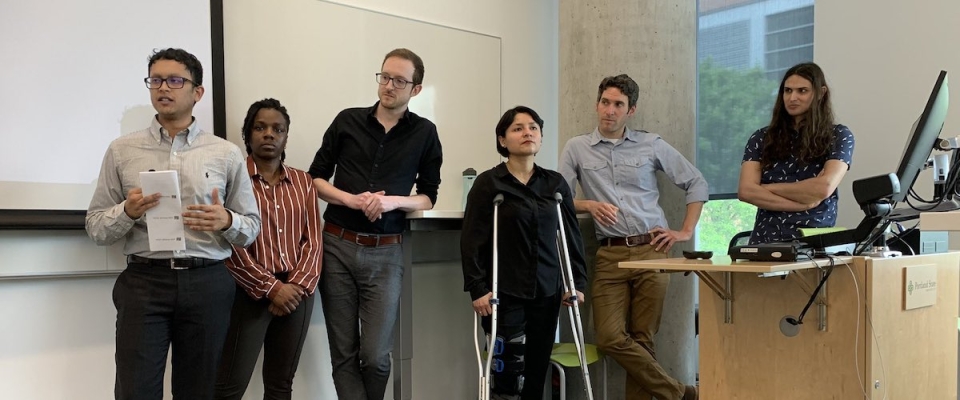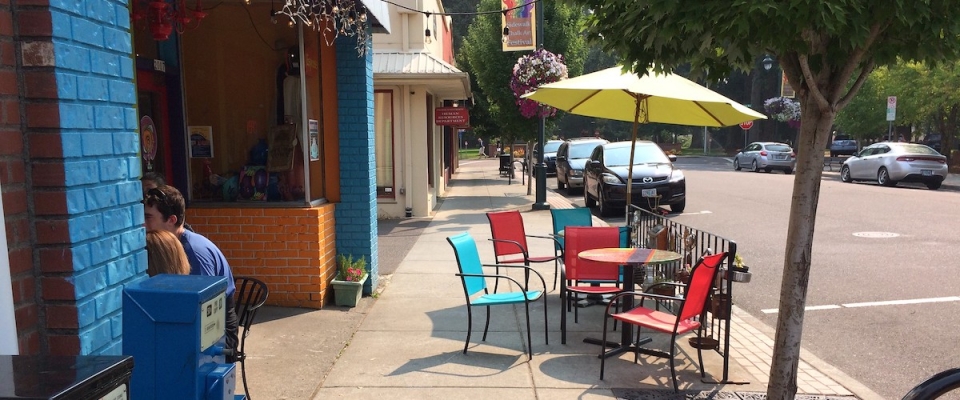We're proud to announce that the Institute for Transportation Engineers (ITE) has awarded Portland State University's ITE Student Chapter, Students in Transportation Engineering and Planning (ITE-STEP), the 2022 Student Chapter Momentum Award. The award recognizes the student group for an outstanding year of accomplishments.
This year's ITE-STEP leadership made big strides in activating and energizing the student chapter. They hit the ground running after being elected, to prepare for Transportation Research Board (TRB) scholarship applications, through which they leveraged UTC funding from the National Institute for Transportation and Communities to send ten PSU students to attend the TRB annual meeting in Washington, D.C.
Read more"The award shows the dedication and commitment that the ITE-STEP board provided. Despite having full-time academic schedules, internships and jobs, and COVID-19 issues, the board stayed committed to holding frequent online and in person...

